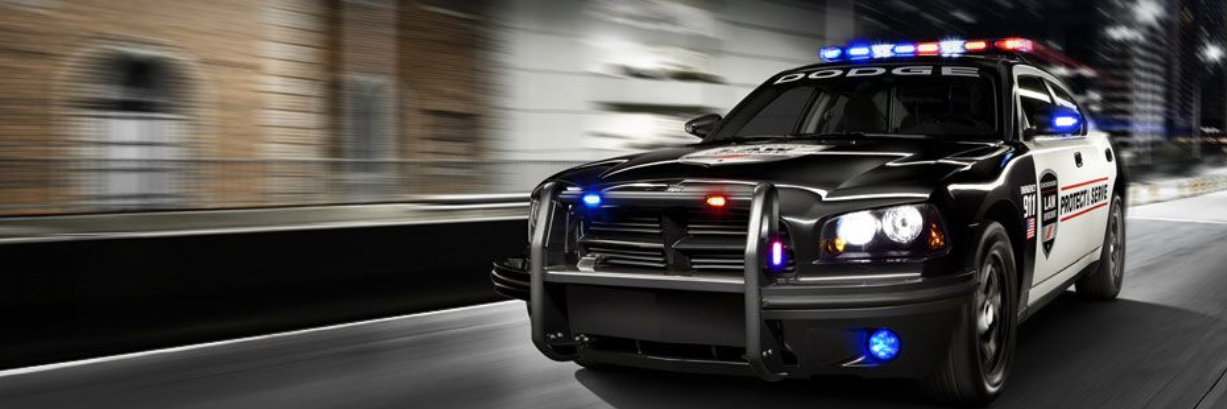No. 1—Speed
Driving at a “normal” speed is dangerous enough for law enforcement. Granted, we often drive fast in our profession, but the risk must always be weighed against the potential gain of higher speed.
The danger level increases dramatically as the speedometer needle rises. Be aware of your total environment (road conditions, traffic conditions, weather conditions, etc.) before you decide to press that gas pedal a little harder.
You’re stuck with the speed at which you enter a turn or negotiate a corner, so slow down in advance of changes in direction to maintain your position on the roadway. Entering at the proper speed and position, and then gradually accelerating out of the curve will ensure that you continue to your destination. After all, you can’t help if you don’t get there.
No. 2—Intersections
When running code and coming up to an intersection, you must stop and clear that intersection lane by lane (in both directions) before continuing through. Your red and blue lights and siren don’t give you carte blanche to blow through an intersection, and you can be held civilly liable if you do.
No. 3—Distractions
We have a lot of technology mounted inside our patrol vehicles these days. All this technology will distract the best of us. Use them wisely and at the appropriate times. If you’re running code, for any reason, I hope your cell phone is in your pocket or your bag. When you’re getting messages over your MDC, take a second to read just a portion of the message. Check traffic and when it’s safe to do so, take another second or two to read another portion of the message. That message on the computer screen will remain there, but you might not if you’ve been looking at the screen too long.
No. 4—Seatbelts
Most states have seatbelt laws. Most agencies—but not all—also have seatbelt policies when driving a law enforcement vehicle. Whether your agency does or does not, you should always wear your seatbelt. Many severe injuries, or worse, could have been prevented by just clicking your belt on.
There are those out there of the mindset that it’s a tactical decision to not wear a seatbelt. With all the training that we do, why not train to tactically remove your seatbelt? You’ll know when circumstances warrant removing your belt. There are simply no reasons not to wear it. If you can work a retention holster, you can work a seatbelt.
No. 5—On-Duty Mindset
This goes for just about anything we do in law enforcement. “When/then”- and “what if”-type thinking and mental rehearsals will better prepare you for the real thing. Everyone must remain in an “on-duty mindset” while working. Be aware of your surroundings and environment. Be alert to the actions and reactions of vehicles ahead of you and around you. Be vigilant when making a roadside contact or face-to-face encounter. Always keep your head on a swivel to be aware of passing traffic while on a traffic stop. Be prepared! The Boy Scouts said it first, but it applies to police work just as well.
Bottom line: The ultimate achievement in our profession is winning and surviving. Do your loved ones a favor and make it home at the end of your shift.
Mike Allen started the YOUTH (Younger Officer Unified Training Habits) Program in 2008 to reduce vehicle-related deaths in law enforcement.
Special Thanks to www.lawofficer.com

Leave a Reply